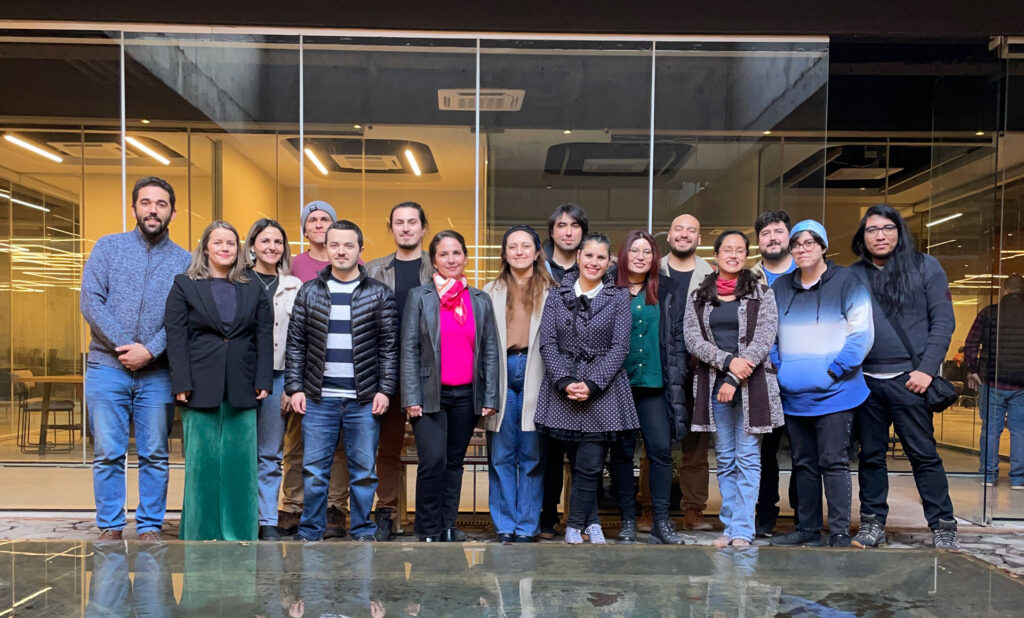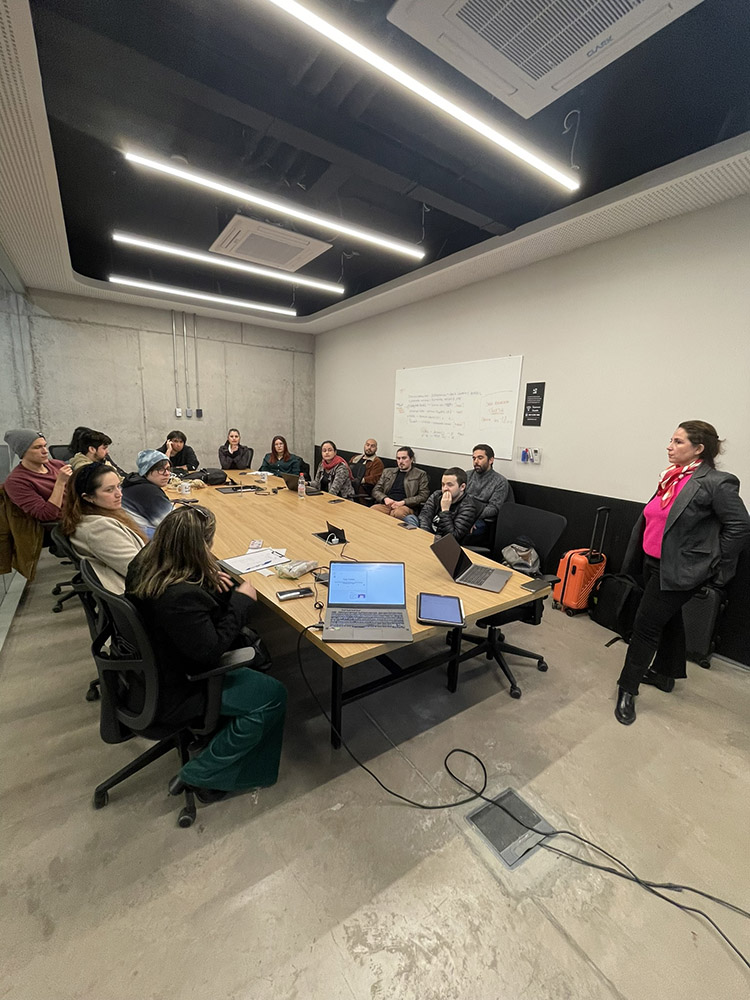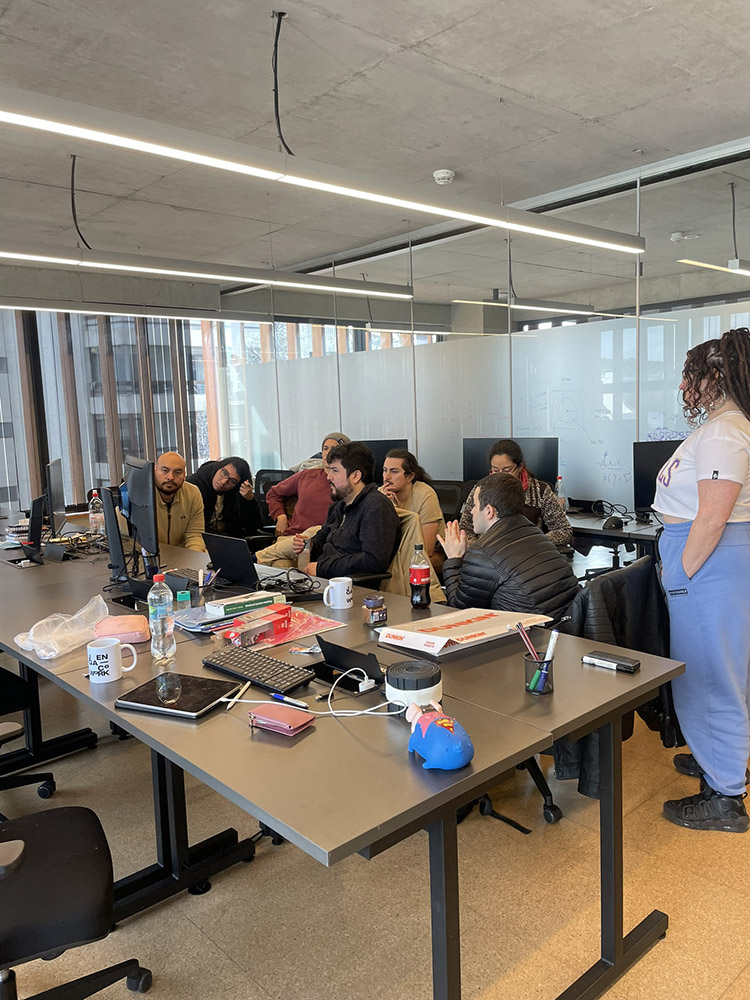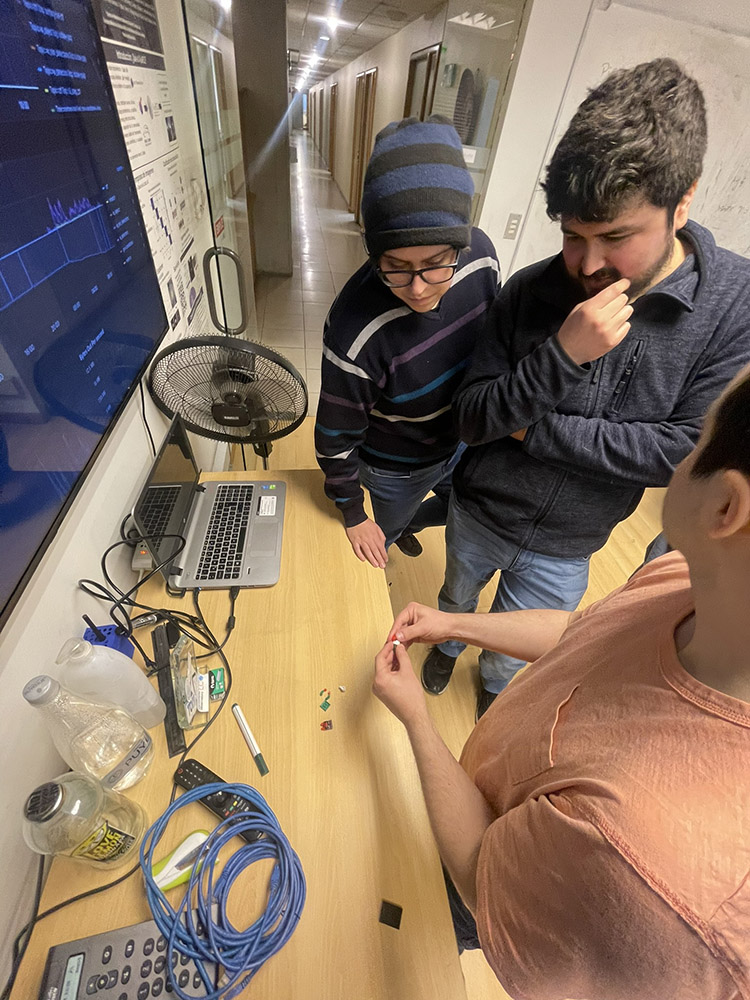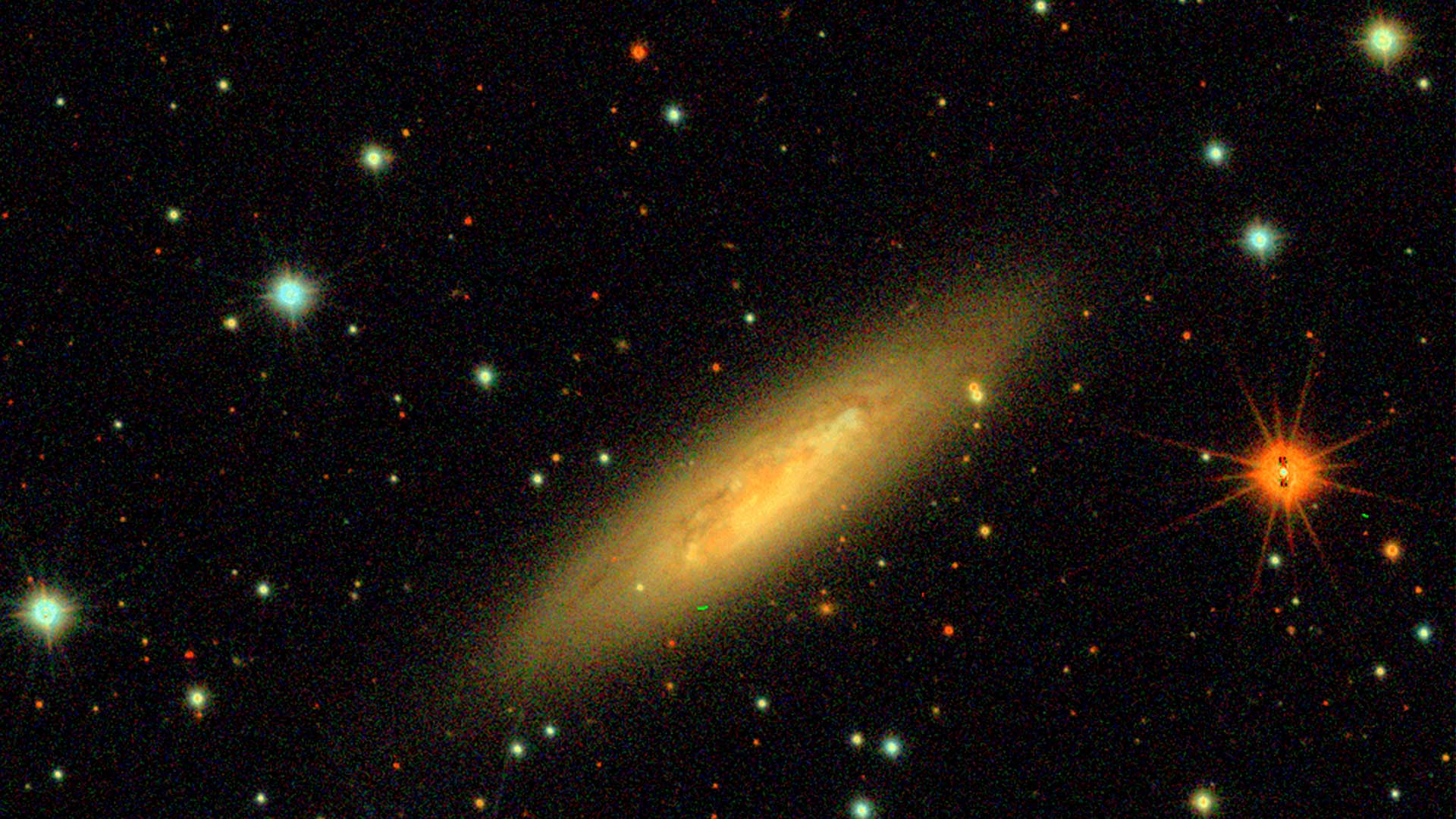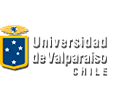
The broker members are distributed between the two cities, so they meet in person every few months to outline the strategies and challenges that the project will face in the short and medium term.
For a week, based at the Data Observatory (DO) offices in Santiago, ALeRCE broker researchers worked on defining the main tasks of the broker for the second half of the year.
The upcoming launch of the Legacy Survey of Space and Time by the Vera Rubin Observatory, scheduled for 2025, and the broker's server migrationthanks to the alliance with the Chilean Research and Education Network REUNA), se vislumbran como los principales desafíos para ALeRCE en los meses que quedan del 2024.
Currently, ALeRCE processes data from the the Zwicky Transient Facility (ZTF) observations (ZTF) telescope, handling up to 200,000 alerts per night. This capability and the team's work led to it being named the only Chilean and Latin American broker to work with data from the Vera Rubin Observatory, making its upcoming operation a significant milestone for the project.
"We have two important goals in the coming months: moving the alert processing pipeline pipeline to our servers at REUNA, although user services will continue running on Amazon Web Services, and preparing the system to process more than one survey at a time, for example, ZTF + Vera Rubin. For the latter task, it's necessary to redesign the database, adapt the pipeline and adjust the services (API, interfaces, websites, etc.)," explains Ignacio Reyes Jainagahead of ALeRCE's engineering team.
These two tasks require perfect coordination, which justified the week of joint work between the teams from Santiago and Concepción to identify strategies to optimize workflow. ALeRCE is a joint project of the millennium institute of astrophysicswith the Center for Mathematical Modeling at the University of Chile (CMM), the DO and the and the Center for Data and Artificial Intelligence at the University of Concepción, with members located in the two cities where these institutions are based.
"As the members are spread between Santiago and Concepción, and some ALeRCE members are new, it was important to meet to assess the internal functioning of the teams, identify difficulties, restructure work sprints (our work is divided into four-week windows), review the Gantt chart for the second semester, and define which work teams will operate within ALeRCE after the national holidays," concludes Reyes.
